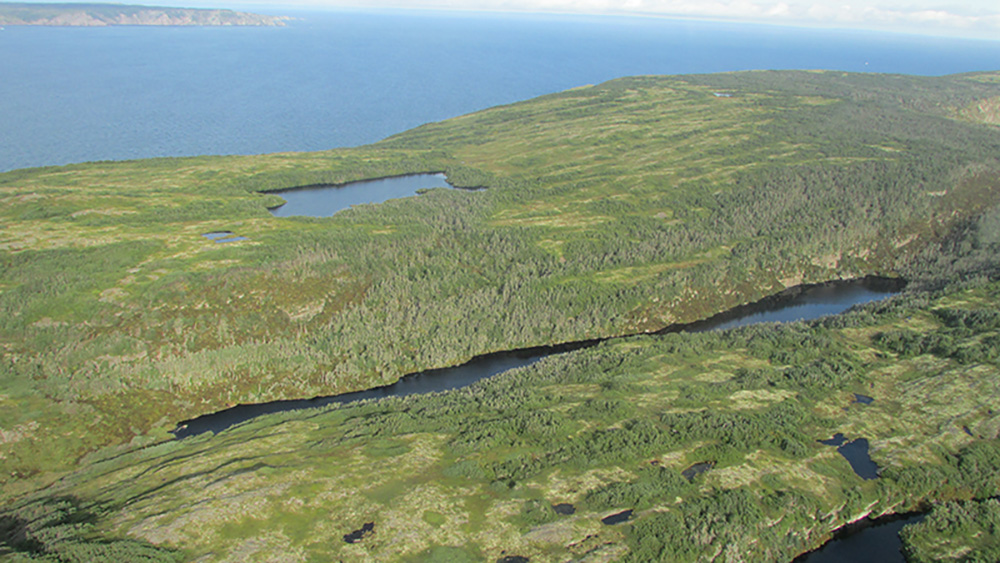 |
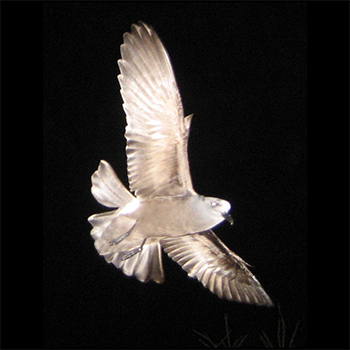 |
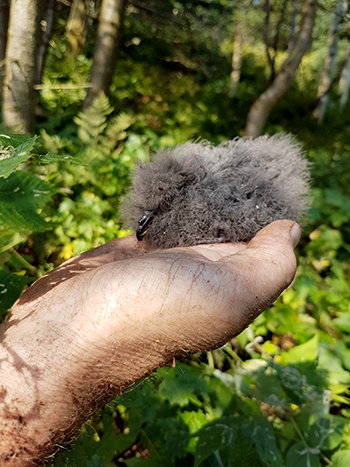 |
|
An aerial photo of the Southern End Pond, another pond that is highly
impacted by storm-petrels. Photo by Matthew Duda |
The nocturnal Leach's Storm-petrel soaring overhead at night
demonstrates why this seabird has been notoriously difficult to census.
Photo by Dr. Paul Regular |
A young Leach’s Storm-petrel chick grabbed from the nest. Photo by
Matthew Duda |
 |
|
A panoramic photo of Brister Pond, the Atlantic Ocean and Baccalieu
Island. Photo by Matthew Duda |
 |
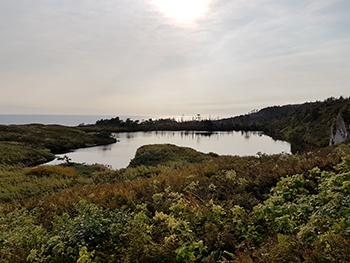 |
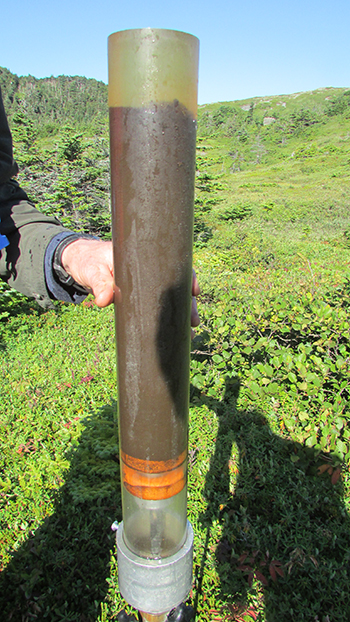 |
|
Typical storm-petrel burrow territory on Gull Island, Newfoundland.
Photo by Matthew Duda |
Brister Pond on Baccalieu Island. This pond is considered highly
impacted by storm-petrels and is surrounded by seabird burrows. Photo by
Matthew Duda |
A sediment core collected from Baccalieu Island. Photo by Matthew Duda |
|
 |
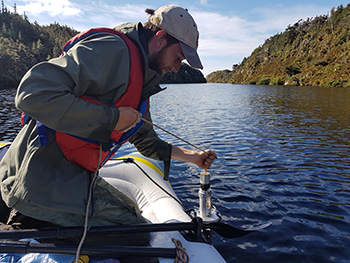 |
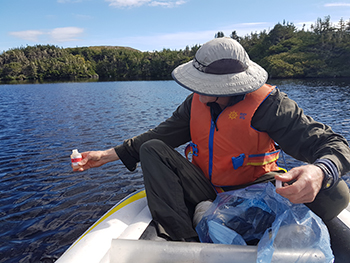 |
| A photo of Baccalieu Island from the south. Photo by
Matthew Duda |
Collecting a sediment core from Southern
End Pond on Baccalieu Island. Photo by Chris Grooms |
Collecting a water sample from Gull Pond on Baccalieu Island. Photo by
Matthew Duda |
|
 |
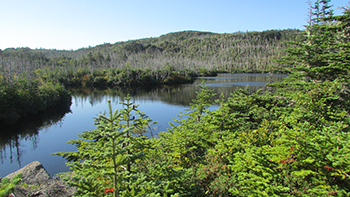 |
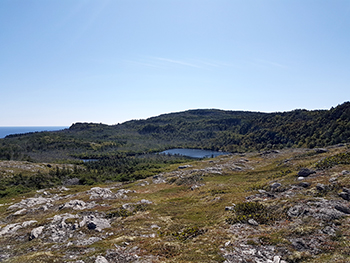 |
| An aerial photo of Lunin Pond on Baccalieu Island. The dense
vegetation in the watershed of the pond is considered excellent breeding
territory for storm-petrels. Photo by Matthew Duda |
Lunin Pond from the ground. The dense vegetation that supports breeding
storm-petrels is evident. | The typical habitat of
Baccalieu Island is a mixture of rugged exposed rock, mixed with
krummholz trees and short shrubs. Photo by Matthew Duda |
|
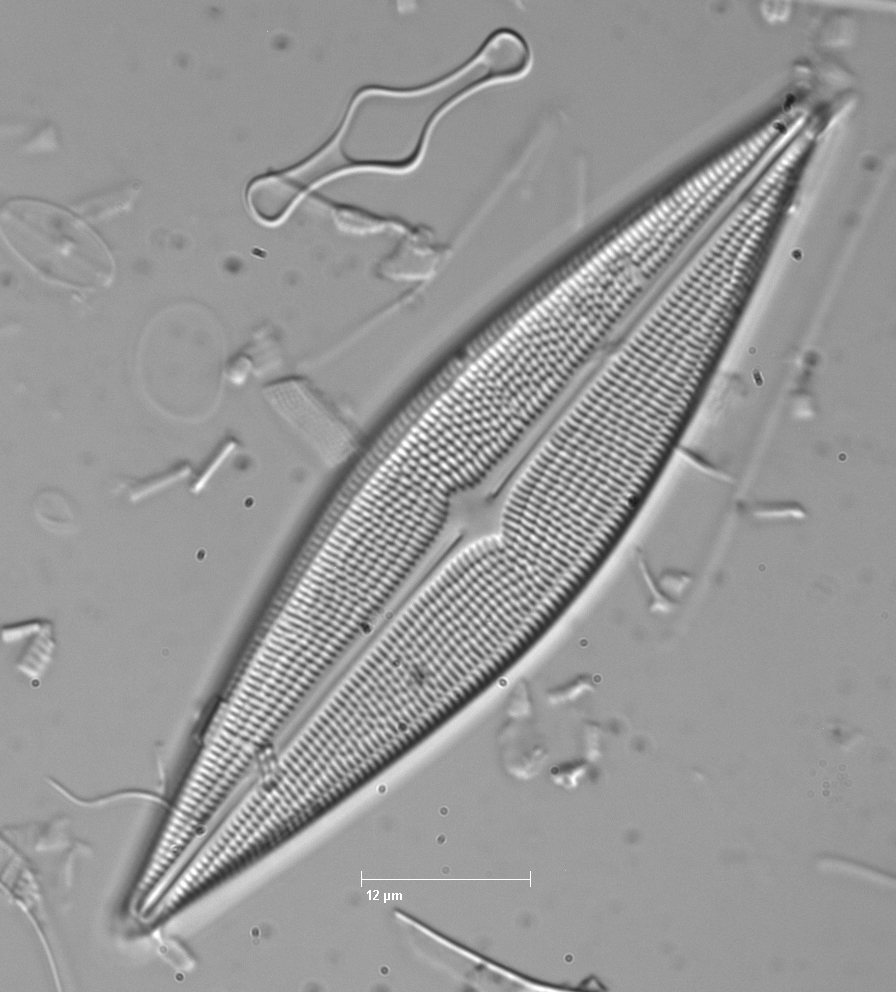 |
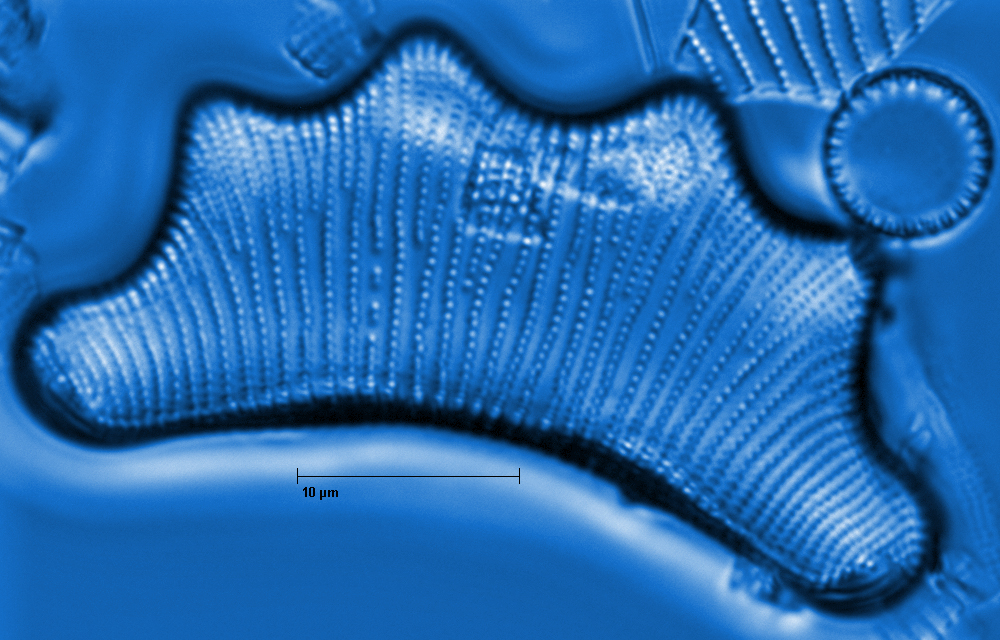 |
 |
|
Photomicrograph of a diatom: Brachysira serians. Image
by K. R�hland. |
Photomicrograph of a
diatom:
Eunotia serra.
Image by K. R�hland. |
Photomicrograph of a
diatom:
Fragilaria exigua.
Image
by Matt
Duda. |

